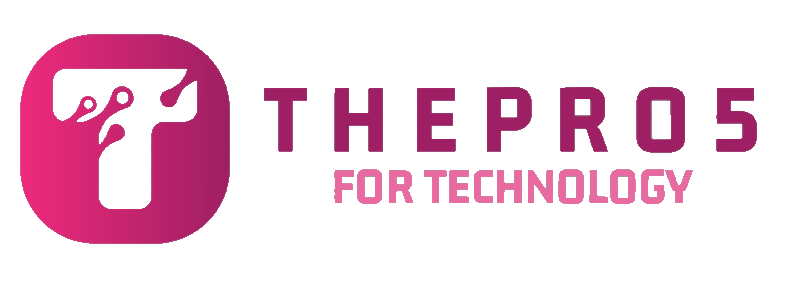If you're using a USB-C connector to connect your computer to a track, you're most likely using DisplayPort Alt Mode (Alt Mode), and based on the lack of acceptance, we can almost guarantee you're not using HDMI alt mode.
.jpg) |
| RIP HDMI Alt Mode, we hardly knew ye |
According to the HDMI Licensing Administrator (HDMI LA), you should never do this because the feature is dead.
HDMI Alternate Mode allows to send HDMI video signal from USB-C port to HDMI host, such as B, TV. It's like DisplayPort Alt Mode and lets you connect a DisplayPort check to a USB-C port. Last week at CES 2023 in Las Vegas, NotebookCheck spoke with HDMI LA, which licenses the HDMI specification from the HDMI Forum, and understands that there will be no certified adapters supporting HDMI Alt Mode over USB.
"According to the HDMI LA, Alt Mode is no longer useful," the publication reported Wednesday. "One reason for this is that companies like Apple have started re-installing HDMI connectors onto their products. The HDMI alt mode also no longer provides any advantage. As such, the specification will not receive any further updates." A A Losing Battle HDMI launches at a time when USB-C is dominating a wide variety of consumer electronics.
Makers of thin and light laptops like the Dell XPS 13 and more experimental designs like foldable PCs have run out of products other than sleek, space-saving USB-C.
There are many products, from laptops to smartphones, that rely on USB-C (and wireless technology) for all accessories, and even to receive power.
That means there are a lot of people who connect monitors via USB...they use DisplayPort's alt-mode instead.
Released in 2014, DisplayPort Alt Mode already had a head start on HDMI Alt Mode, which the HDMI Forum announced in 2016. The technology can even support HDMI 2.0.
HDMI Alt Mode feels out of date, since it maxes out at HDMI 1.4b. The HDMI LA's page about HDMI Alt Mode addresses the lack of HDMI 2.0 support, pointing out that the HDMI Forum is responsible for HDMI specs and hasn't made any public statements about HDMI Alt Mode supporting HDMI 2.0b. It makes no mention of newer HDMI specs.
.jpg) |
| RIP HDMI Alt Mode, we hardly knew ye |
In fact, the HDMI LA admitted to NotebookCheck that it doesn't know of any HDMI to USB-C adapter that uses HDMI Alt Mode. NotebookCheck also spoke with people "familiar with the certification process" at the USB Implementers Forum, who said that they also don't know of any HDMI Alt Mode adapters
In a way, this makes things easier. As noted by NotebookCheck, the death of HDMI Alt Mode means you can be sure that an HDMI adapter will work with your system, so long as it has a USB-C port supporting DisplayPort Alt Mode.
Currently, there is a certification program for HDMI to USB-C cables, and one is in the works for USB-C to HDMI adapters to help people buy the correct adapter for their HDMI ports. DisplayPort-based HDMI to USB adapters get "base certification," but this isn't obvious to consumers, NotebookCheck noted.
Delivering power over HDMI
The HDMI Forum has given up its take on Alt Mode but not on power delivery. HDMI ports can already deliver the small amount of power needed for the connection, and in 2022 HDMI Cable Power came out. An optional feature of the HDMI 2.1a spec, HDMI Cable Power supports up to 1.5 W of power delivery. That's not much, though, considering that USB-C supports up to 240 W power delivery. In its short time, HDMI Cable Power hasn't seen much saturation yet and is mostly used to enable extra-long HDMI cables.
HDMI LA was reportedly cautious about advancements to HDMI Cable Power but said the feature would get an update. Interestingly, "There are now plans to further increase the amount of power provided," NotebookCheck reported. Importantly, HDMI LA said this is in very early development and only in the "discussion phase" currently.
But if we allow ourselves a moment to imagine, greater power delivery could allow HDMI ports to power things like Fire TV Sticks and other accessories in a few years. In the more distant future, we could dream of powering a laptop that's connected to the living room TV via HDMI.
Thank you for coming, follow us, we need your support


